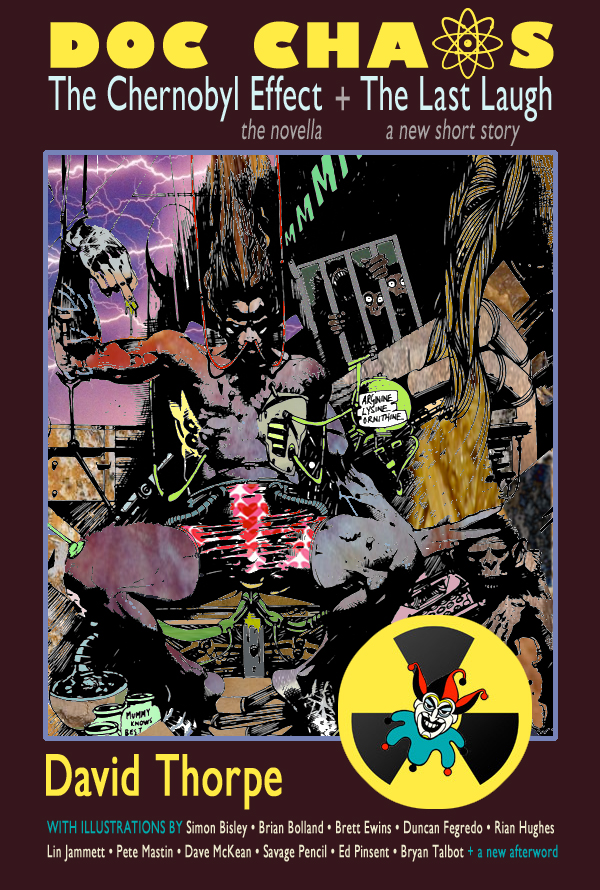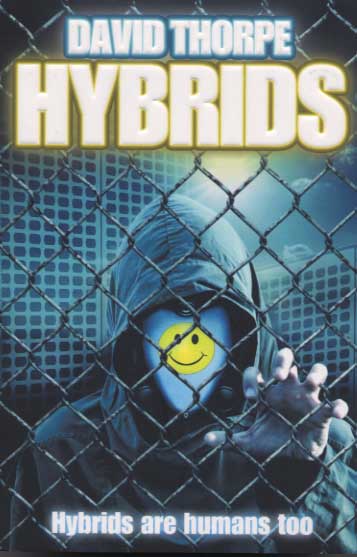Once upon a time, about 4,000,000,000 years ago, the world began, in the era called the Hadean. A very long time later came the human race, just 200,000 years ago, altering the planet forever as it spread.
From the beginning it's likely mums and dads told stories to their children, to preserve social memory and teach them what they needed to know to survive. These stories always
changed over time according to need and circumstance.
It's suggested that we are now in a new geological epoch, the Anthropocene, that's to say an epoch overwhelmingly defined by the influence of one species over all other factors: ours. What influence, if any, is this having on the stories we give our children today?
Some of the writers on this website grew up reading stories published around or before the mid-20th century. This period is now being suggested as a
likely candidate for the beginning of the Anthropocene, and this will be confirmed in a few months when the body set up to evaluate this (a
working group of the Subcommission on Quaternary Stratigraphy, sitting within the International Union of Geological Sciences (IUGS), whose job is to set international standards for global geological time-scales), has finished sifting through the geological evidence for the start of the Anthropocene.
Since this epoch began, we have seen a vast increase in human population, from 2.5 to over 7 billion; an increase in mass extinctions; the deposition of nuclear isotopes around the world; and of plastic waste; climate change; massive destruction of natural habitats; mass resource extraction; and mass exodus from the countryside to cities.
This last represents the biggest change for children, since most children growing up now will not be near where the wild things are, but will be ringed by concrete, tarmac and cars.
This changes the way young readers will respond to the stories told just seventy years ago – even twenty years ago. When Rudyard Kipling wrote his Just So allegories, the rhinoceros, the leopard and the elephant weren't endangered.
When most meat for the table is battery-reared, a commodity in an industrial process, doesn't this turn picture books of farm animals in the farmyard into modern fairy stories?
 |
| Peddling nonsense to kids: an illustration for a Google farmyard app for children. What on earth has this to do with reality? |
What are most children to make of forests featured in traditional fairy tales such as Red Riding Hood and Hansel and Gretel, when they've never seen a real one? Perhaps they will never have the opportunity to even read these tales because publishers will no longer see them as relevant. Has this already happened? I don't know.
 |
| Hansel and Gretel peer out of the forest at the house of danger. |
Children in recent decades were treated to cautionary tales warning them of the impending danger of the extinction of big mammals and the destruction of rainforests. The guilt of adults was laid onto them with the vain hope that, when grown up, they might work to prevent the inevitable. Yet today, most of the trends that trace biodiversity remain travelling in the wrong direction.
For children, tales of anthropomorphic animals offer the chance to objectivise human emotions and traits – but say little about the animals themselves. Tales of dark forests present opportunities to confront subconscious fears. Stories set in wild nature nurture a fantastic imagination.
But all three types of story at least place humans within the planetary context, a biosphere, an ecology within which we play just one part among millions.
The Anthropocene, if it is a useful concept at all, reminds us that we have tended to see the rest of the world as just a reflection of ourselves, there if not for us to plunder, then to entertain us, that we regard ourselves as the most important and dominant species on the planet. What hubris! What a change from the stories our distant ancestors and tribal people told their children, which nurtured respect for the wild world around them.
But if we are to save nature, and therefore ourselves, then we must first empathise with nature, on its own terms, not on ours. I've
written before about some of the great books that do this.
But this post is asking a different question: are modern published books for young readers whose experience of the world is largely urban interiors, vehicles and digital entertainment now being set primarily in this world, because that is what they recognise? Or is a fake nostalgia for a way of life now gone (if ever there) being peddled by editors and publishers?
I wrote in my novel
Hybrids about how we are becoming enmeshed with technology. Modern children, from the day of their conception, grow within a lacework of electronic connectivity, becoming quickly familiar with the means to extend their sensory and social reach to the far side of a world that they do not yet appreciate.
The system that they perceive to be supporting them is as much virtual as tangible, vibrating with the power of circuitry, translucent filaments of data threatening to fuse with their nerves and dendrils, seeming more immediate and visceral than the mesh of life itself – our perfect atmosphere, the churning soil, the miracle of life that is distant from the street, seen as just a thin strip of blue above and between the buildings, ragged pigeons squabbling on the windowsill, a windowbox.
Storybooks for young readers: should they then reflect this reality? Are they doing already? I don't know.
But if so, one can imagine a scene a few decades hence, in a warmer and more impoverished world: a child picking up an ancient, well-thumbed copy of
The Very Hungry Caterpillar, found in a dusty box in attic belonging to a grandparent, and asking: "Mummy, what's a caterpillar?"
David Thorpe is the writer of the Sci-Fi YA novel Hybrids and the cli-fi YA novel Stormteller.











